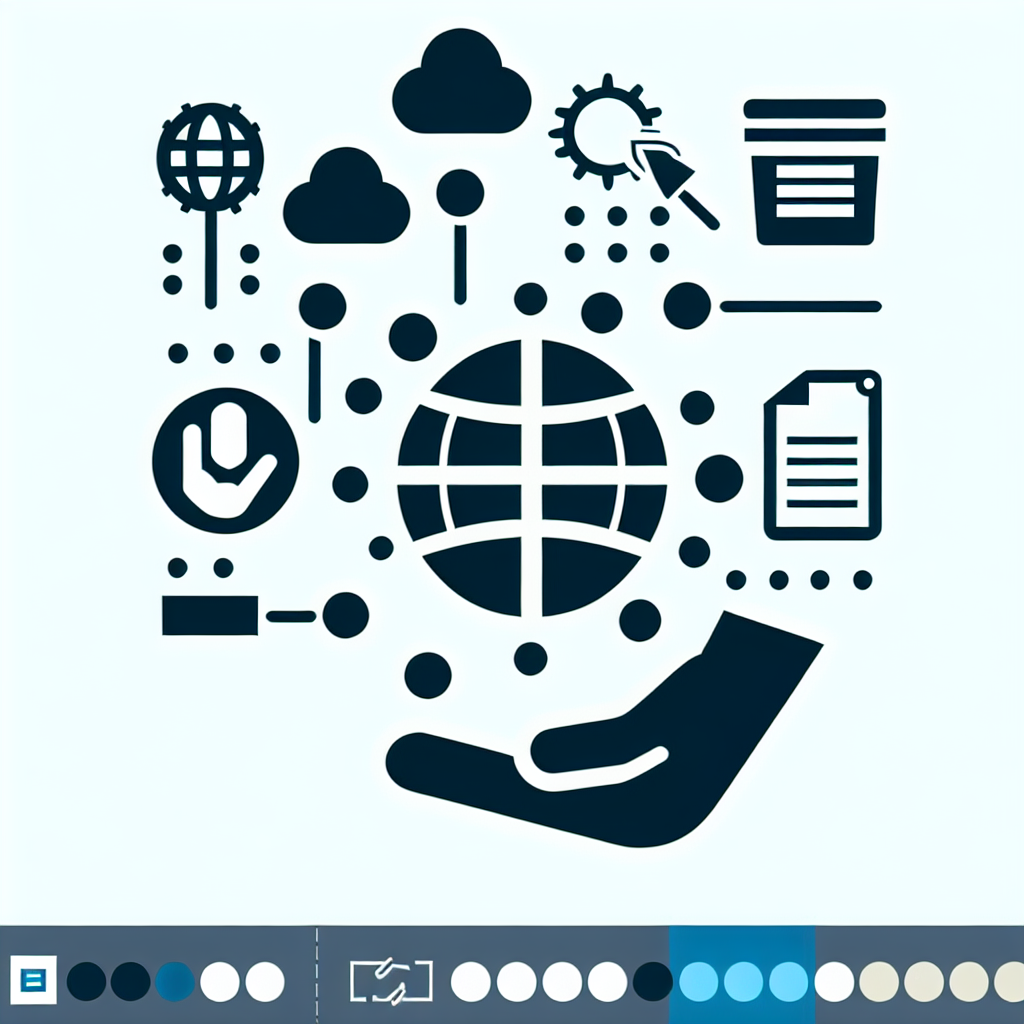
Data sovereignty means laws tied to the physical location of data decide how it must be handled, accessed, and protected. For IT and security teams, that translates into concrete obligations: follow the host country’s privacy rules, adapt access and encryption policies, and coordinate incident response with local requirements. Below, we explain the basics, key laws, practical differences like residency vs. localization, and how to build workable policies.

Data sovereignty means the legal rules of the country where data is stored apply to that data. In practice, that means a dataset stored on servers in Country A must follow Country A’s privacy, access, and disclosure laws, even if the organization that owns the data is based elsewhere. This is crucial for cloud-hosted services and cross-border processing because storage can shift between data centers. For IT teams, it creates a patchwork of legal obligations to manage. Treat sovereignty as the “which laws?” question for your data.
Start with the short answer: sovereignty is about which laws apply, residency is about where data is stored, and localization requires data to stay inside national borders. Residency answers “where’s the server?” while sovereignty answers “whose rules govern it?” Localization is a legal requirement in some countries that forces you to keep data domestically. These distinctions matter when designing architecture, vendor contracts, and compliance plans. Clear labeling of data and storage locations reduces legal risk.
Because violating local data laws can mean heavy fines, operational limits, or loss of market access. For example, GDPR can impose fines up to 4% of global turnover for breaches of certain obligations; other regimes have their own penalties and disclosure rules. Beyond fines, non-compliance harms reputation, undermines customer trust, and can complicate incident response. Security controls must therefore reflect legal requirements—encryption, key management, and access controls may need to be modified by location.
Prioritize laws that affect your data footprint: the EU’s GDPR, the US state-level privacy laws like CCPA/CPRA, Brazil’s LGPD, India’s evolving privacy rules, and South Africa’s POPIA are key examples. Each law has specific obligations for consent, breach notification, data transfers, and data subject rights. Map where your data lives and cross-reference that with applicable laws to create a compliance plan. Remember that new laws appear regularly; continuous monitoring is essential.
Cloud services complicate sovereignty because data can move between physical data centers you don’t control. Many cloud providers let you choose regions, but metadata, backups, or support processes might still cross borders. Contracts, data processing agreements, and region selection are your main levers to manage risk. Use provider guarantees cautiously and verify where backups and logs are stored. When in doubt, negotiate data residency commitments or choose providers with regional offerings.
Begin with clear data classification and documented storage locations. Apply granular access controls, location-aware encryption, and strict vendor management. Use contractual clauses that require vendors to comply with local laws and to host data in agreed regions. Keep incident response plans that include local notification timelines. Finally, audit and monitor storage locations and access logs regularly.
No—physical location still matters. Cloud hosting doesn’t erase jurisdictional boundaries; the country where the data is stored or processed determines the governing laws. Saying “it’s in the cloud” is not a legal shield against local requirements or investigations. You must document where data actually resides and design policies accordingly. Treat cloud storage decisions as legal and architectural choices, not just operational ones.
Don’t assume your vendor’s promises cover all legal obligations, and don’t ignore backups or metadata that may be stored elsewhere. Avoid vague contractual language about storage regions and fail to enforce data deletion policies. Overlooking cross-border transfers, using shared encryption keys without controls, or neglecting breach notification rules are common mistakes. Regular audits, precise SLAs, and legal review of transfer mechanisms reduce these risks. Build a cross-functional process between legal, privacy, and IT teams.
Start with mapping data flows and storage locations, then classify data by sensitivity and legal exposure. Define regional rules, minimum security controls, and roles for compliance ownership. Add vendor due diligence, contractual protections, and technical constraints like region locks or separate keys per geography. Test the policy with tabletop exercises and update it on a schedule or when laws change. Communication and training are key to operationalize the policy.
Palisade offers resources and tools to check configuration and stay compliant; visit our learning center for guides and assessments. For teams that need hands-on support, consider working with legal counsel experienced in cross-border data law and cloud architects who can translate requirements into technical controls. Regularly review provider contracts and insist on clear residency commitments where needed. Treat data sovereignty as an ongoing risk-management program, not a one-time checkbox.
Yes—backups, logs, and metadata are subject to the same location-based laws as primary data. Ensure these assets are included in your data maps and vendor agreements. Excluding them is a frequent compliance gap.
Encryption helps reduce risk but doesn’t remove legal obligations; some laws still require notification or access controls even for encrypted data. Also check key storage—if keys are accessible in another jurisdiction, sovereignty issues remain.
Choosing a region is necessary but not sufficient; confirm where backups, support, and logs are stored and how your provider handles cross-region failover. Include these details in contracts and audits.
Organizations may have to comply with lawful local requests; legal counsel should evaluate options including pushback, legal challenge, or safe transfer mechanisms. Plan for disclosure scenarios and document decision processes.
Responsibility is shared: legal and privacy teams set policy, IT implements controls, and security and operations enforce monitoring and incident response. A cross-functional lead—often the CISO or privacy officer—should coordinate efforts.